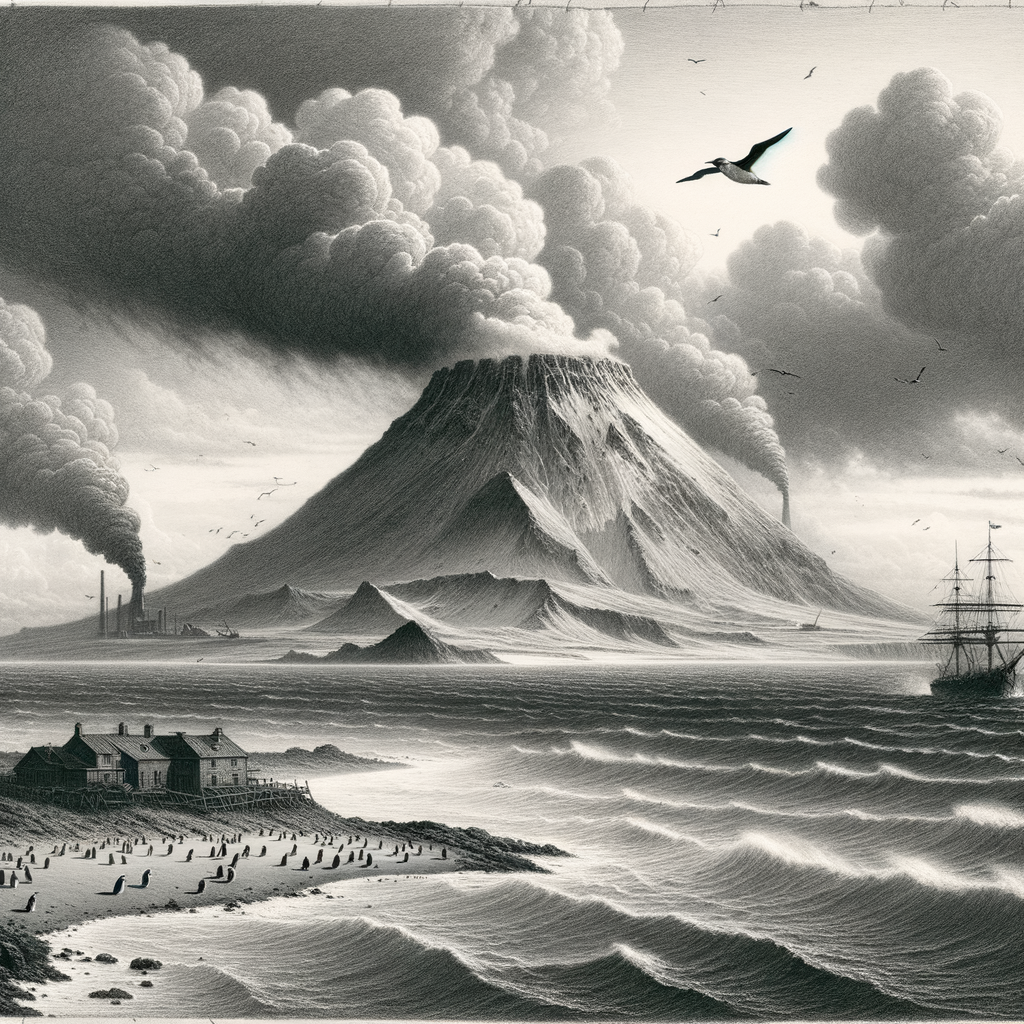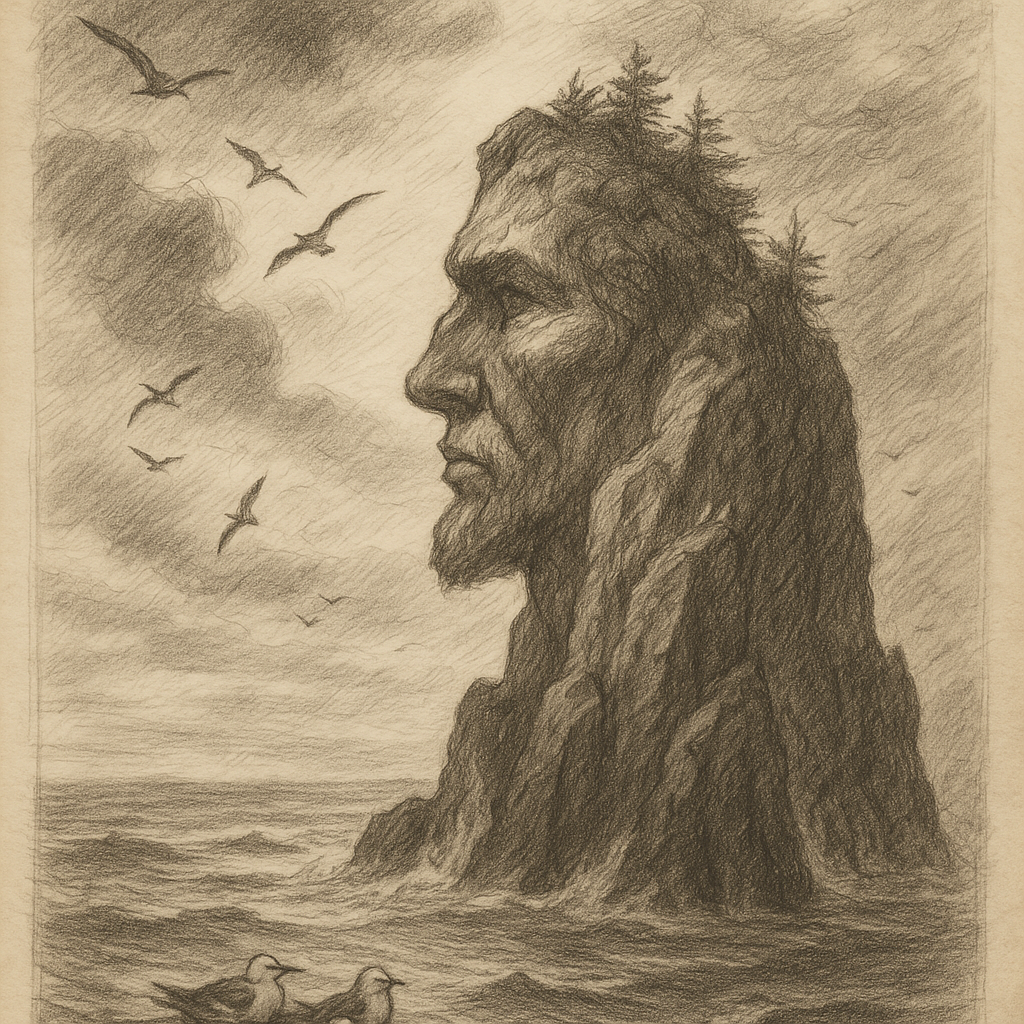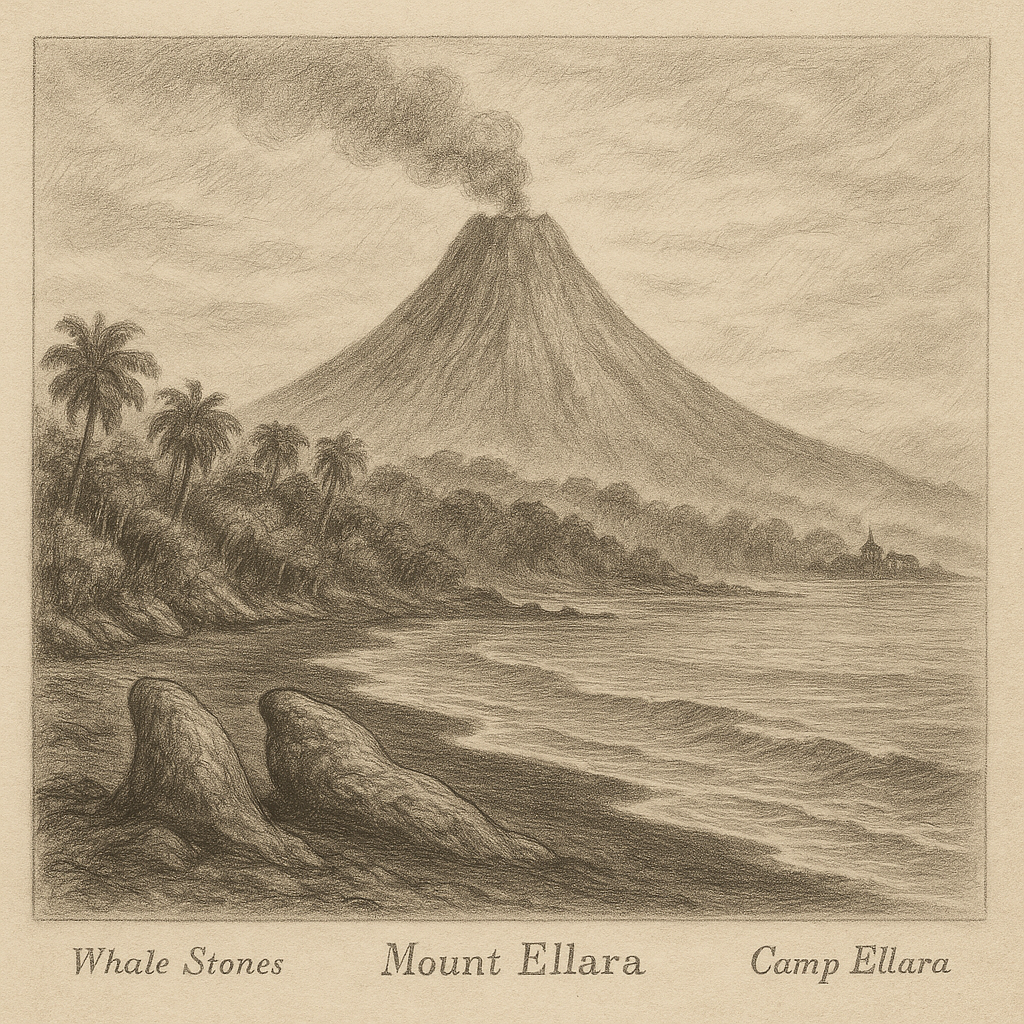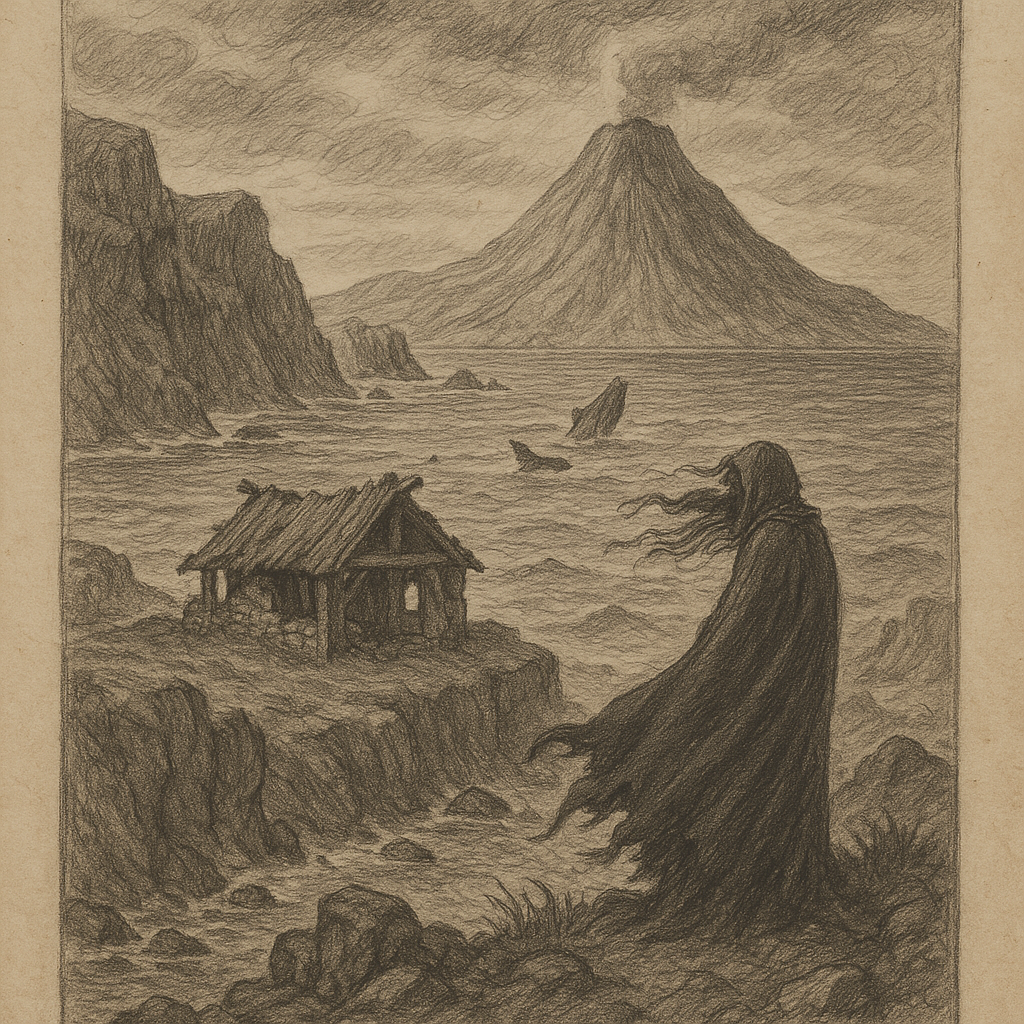Introduction
Marion Island is a remote volcanic island situated in the southern Indian Ocean, forming part of the Prince Edward Islands, which are territories of South Africa. Lying about 1,920 kilometers southeast of Cape Town, the island is located in one of the most isolated and environmentally extreme areas of the Southern Hemisphere. Despite its remoteness, the island is home to a unique range of biodiversity, geological formations, and scientific research activities.
Geographical Location and Geology
Marion Island is located at approximately 46°54′S latitude and 37°45′E longitude in the southern Indian Ocean. It is the larger of the two Prince Edward Islands, with its companion, Prince Edward Island, situated about 19 kilometers to the northeast. The island is part of the Sub-Antarctic region and is located nearly halfway between South Africa and Antarctica.
Formed through volcanic activity, Marion Island is geologically active, with its last recorded eruption taking place in 2004. The island is primarily composed of basaltic lava flows and volcanic cones created over millions of years. It lies within the African Plate but is influenced by mantle plumes beneath the ocean crust, similar to those that formed the Hawaiian Islands. The highest point on the island is Mascarin Peak, which rises 1,230 meters above sea level, making it the highest point on South African territory outside mainland Africa.
Climate and Ecosystem
Marion Island experiences a harsh sub-Antarctic maritime climate characterized by strong westerly winds, high humidity, and significant precipitation throughout the year—in some years exceeding 2,500 mm. The temperature generally hovers between 0°C to 10°C, rarely going below freezing for extended periods but never becoming warm.
Despite these harsh environmental conditions, the island supports a rich and unique ecosystem. The flora consists mainly of mosses, liverworts, and hardy grasses like Antarctic hair grass. The island lacks native trees or shrubs due to the strong winds and poor soils. However, the biodiversity of mosses and lichens is particularly high.
The fauna is dominated by seabirds, penguins, and marine mammals. Marion Island is a critical breeding ground for several species of albatross, including the wandering albatross and the grey-headed albatross. Thousands of king penguins and other penguin species like gentoo and macaroni penguins breed on the island. Fur seals and elephant seals also heavily populate its coastal regions.
Human Presence and Scientific Research
There is no permanent human settlement on Marion Island. The only inhabitants are researchers and support staff who operate from a South African research station located on the island. The station was established in 1948 and has been continuously manned since then. The focus of the research includes meteorology, biology, volcanology, and climate change studies.
Because of its strategic location and pristine environment, Marion Island serves as a natural laboratory for studying long-term environmental and biological changes. The South African Weather Service operates a meteorological station, and scientists routinely monitor both the island ecosystem and broader Southern Ocean systems from this base.
Conservation and Environmental Threats
Due to its remote location, Marion Island remained relatively untouched by human influence until well into the 20th century. However, like many remote islands, it has suffered the consequences of introduced species. Cats, initially brought to control mice, began preying on birds, causing severe declines in the populations of ground-nesting seabirds. A long and difficult eradication program was successfully completed in 1991, making Marion Island the largest island where feral cats have been eradicated.
However, mice have since become a major issue. Without natural predators, their population has exploded, and they have begun attacking live seabirds by gnawing at them, resulting in high mortality rates among chicks, including those of the endangered albatross. Plans and studies are ongoing to find safe and effective ways to control or eradicate the invasive mouse population.
Interesting Facts about Marion Island
Marion Island is teeming with unusual characteristics that make it stand out among remote islands. It is considered one of the youngest volcanic islands in the sub-Antarctic due to its continued volcanic activity. The island has over 100 volcanic cones, and some of them are still active, confirming its geological dynamism. In fact, new lava flows were documented in the early 2000s.
The island hosts one of the southernmost terrestrial ecosystems, which has adapted to minimal sunlight during winter and extended daylight periods in summer. It also serves as an important reference point in global monitoring systems for climate and sea-level change.
In addition, Marion Island lies in the path of Roaring Forties—strong westerly winds that encircle the Southern Hemisphere. Sailors and oceanographers often refer to this region as one of the most treacherous in the world due to its severity and unpredictability.
Legends and Mysteries of the Island
Given its isolated position and inhospitable environment, Marion Island has cultivated an air of mystery that lends itself to legends and tales. One of the most persistent is the story of phantom ships seen off the coast during stormy weather. These ghostly apparitions have been reported by several crew members and researchers, often vanishing into the mist without a trace. Some attribute this to optical illusions caused by the mix of thick fog and ocean spray, but the legend endures as a part of island lore.
Another legend speaks of “The Whispering Hills,” remote volcanic ridges where wind patterns create oscillating sounds that resemble distant voices. While meteorologists explain it as a natural sonic phenomenon caused by air flow over jagged terrain, past researchers stationed on the island tell tales of eerie nighttime sounds that left them unsettled.
Access and Legal Status
Marion Island is not accessible to the general public. Visiting the island requires special permits issued by the South African Department of Environment, Forestry and Fisheries. Access is traditionally granted only to scientific personnel involved in research projects or logistical missions. The island is reached via a long sea voyage from Cape Town, lasting roughly a week aboard South African research vessels such as the S. A. Agulhas II.
Strict biosecurity protocols are enforced to prevent the introduction of non-native species that could further impact the delicate ecosystem. These guidelines include sterilization of clothing and equipment and prohibitions on food or plant matter.
Conclusion
Marion Island is a remarkable, remote outpost that holds immense ecological and scientific value. Its dramatic volcanic landscape, unique biodiversity, and harsh sub-Antarctic environment make it a vital hub for research and conservation. Despite the challenges it faces—from invasive species to climatic extremes—the island remains a symbol of both nature’s resilience and the importance of global environmental stewardship. Whether through legend or scientific discovery, Marion Island continues to intrigue and inspire those who venture close enough to study its mysteries.



